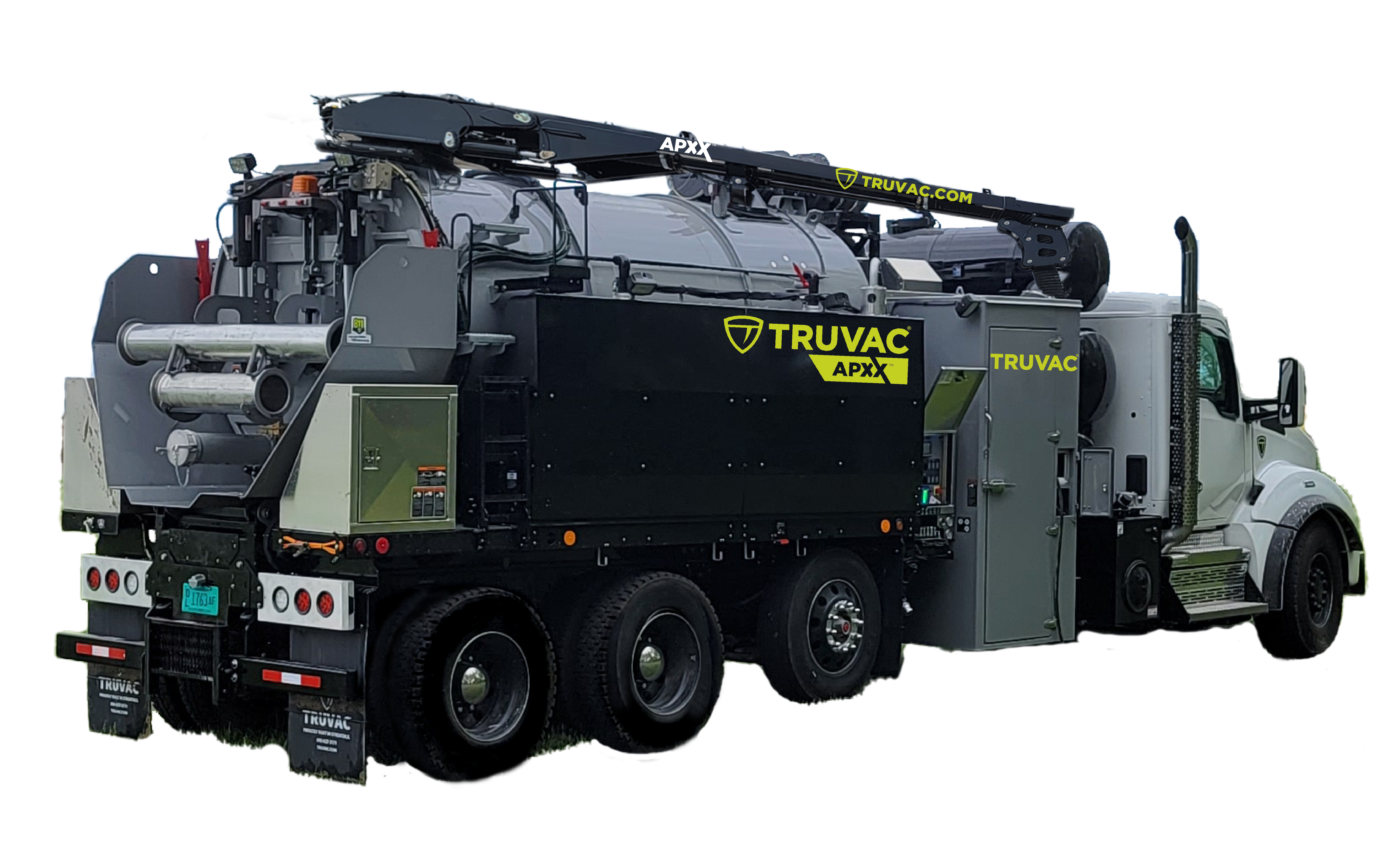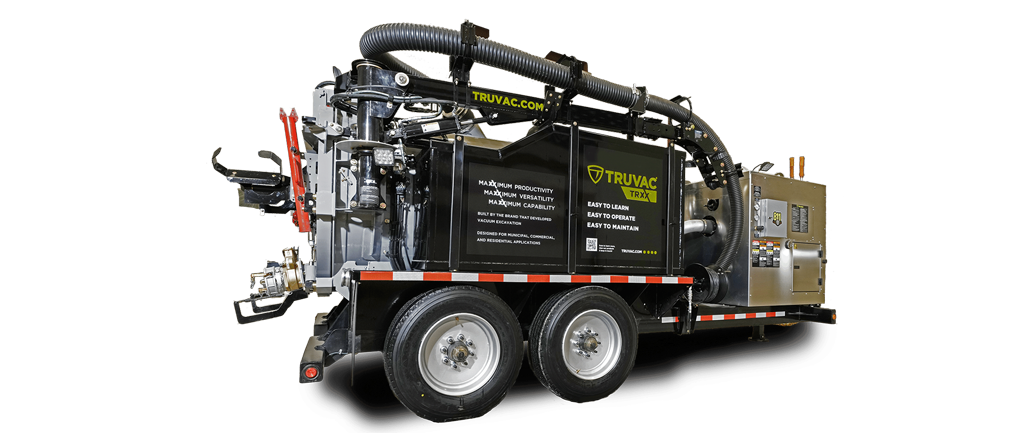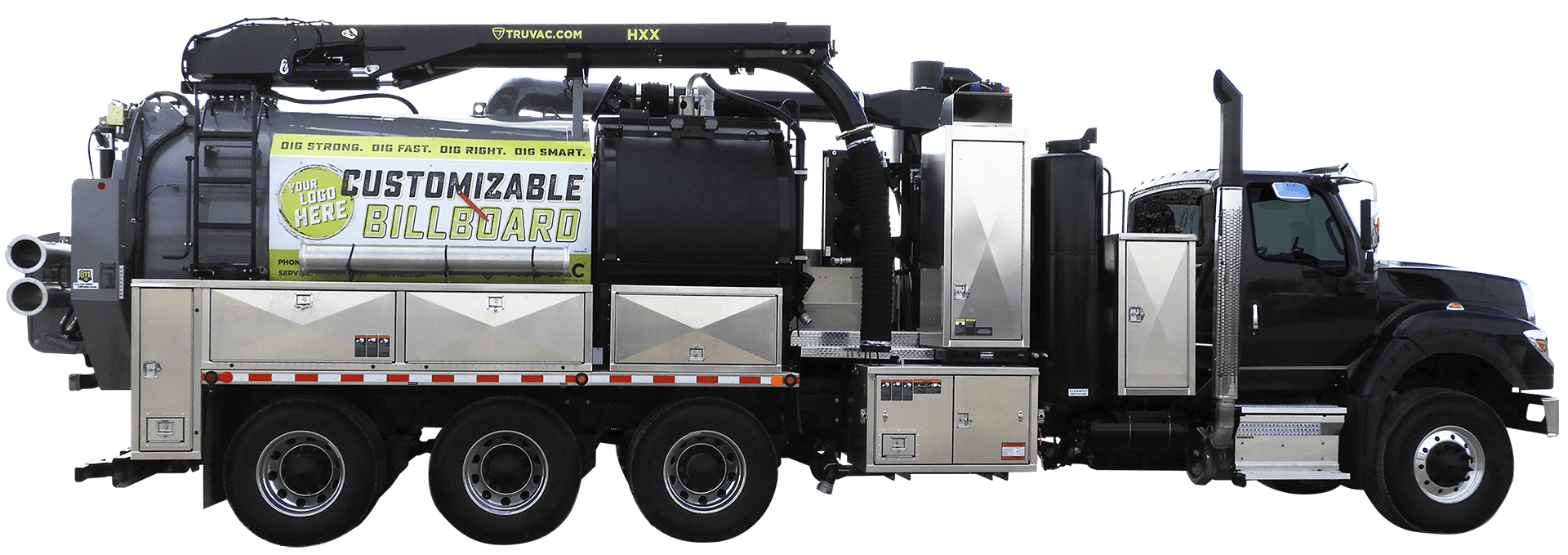Non-Destructive Utility Locating in Old and New Infrastructure Installations
by TRUVAC Team, on Dec 17, 2021 12:09:36 PM
Visual utility locating mitigates risk of line strikes and strives to ensure safety of your crew
No two utility locating jobs are ever the same. Whether the job is a new installation, or remediation and repair of existing underground facilities and infrastructure, both require accuracy, safety and visual identification of the underground lines. The TRUVAC® team recently worked alongside local customers and contractors to perform utility locating for both types of underground utility installations using a vacuum excavator.
The first job involved a new installation of a private dedicated underground fiber network in Jefferson County, Colorado. The plan called for a grand total of 300 miles of fiber connecting more than 155 public K-12 schools and one integrated central security center. The 3-year project will encounter all types of challenges as these many locations are linked via new underground cables across a wide variety of terrain and existing structures. A TRUVAC FLXX was used to successfully hydroexcavate safely; exposing buried utilities and creating new trenches for the installation of a new underground cable network.
The second job was performed with TRUVAC equipment by HCD Inc., an un-derground utility contractor in Colorado Springs, Colorado. HCD was contracted to install bore boxes at many locations for the local electrical utility company. Bore boxes are 6 ft by 6 ft by 3 ft, similar to a junction box, these hardened and reinforced plastic boxes have a lid at the surface and are placed in the ground to provide access points to more easily access service in the future. Because these bore boxes will become future points for splicing conduit, each new box was mapped as daylighting was performed with a hydroexcavator. The mapping included both the depth and precise location in order to create a 3D map. The contractor is then required to share these precise locations with the local government that will maintain these maps. This best practice of mapping underground utilities is encouraged, and sometimes required per contract, with the goal of mitigating risk in future underground work.
While both installations described above are vastly different, both include risks of undertaking intrusive ground investigation due to non-existent utility mapping of existing underground infrastructure. The uncertainty of precise locations of existing underground service facilities has led to the advantageous use of air and/or water excavation. Vacuum excavation has become the preferred method to minimize the risk of striking buried services and has earned the industry nickname of “safe digging.” The loss of service, costly contamination cleanups, death and serious injury to workers has had an unfortunate upward trend as more utilities are relocated underground. The new materials replacing metal pipes are often plastic and copper cables with fiber optic. These new materials are more difficult to locate, but easier to damage. Using air and/or water to excavate around these utilities provides a higher degree of certainty, safety and efficiency in performing utility location.
Locating buried services is centered around two main stages. The First Stage is always to call 811, the national call-before-you-dig phone number. The 811 One Call system process should be initiated a few business days before you anticipate beginning work on a project. Once all utilities have responded to your request and all utilities have marked their buried lines, the work site is ready for breaking ground. The marked utility locations are to be used as guides and the crew may begin to dig carefully around any utility marks. Certain situations may warrant consideration of relocating projects that are close to buried utilities.
Second Stage of Utility Locating
Stage Two begins when the locations are reviewed and the excavation method for either the locating or clearing of the service can be determined.
The method of excavation depends on several different elements, including:
- The type of further geotechnical investigation work scheduled to be undertaken at the site.
- The type of surface cover (e.g., grass, asphalt, concrete).
- The type of soil.
- Available workspace.
- Anticipated density of buried services.
Why Should I Own a Vacuum Excavator?
Vacuum excavation is a non-mechanical and relatively non-destructive excavation technique that uses pressurized water or air, and an industrial strength vacuum to simultaneously excavate and evacuate the soil spoils back into a debris body of the vacuum excavator. This type of excavation offers speed, minimal invasion and minimized damages for borehole applications and trenchless installations.
Using a high pressure air or water blaster wand to first slice the top ground layer, then break up the underlying compacted soil into loose material, both dry or wet spoils are easily removed using a powerful truck mounted vacuum system. In the case of a hydroexcavator, the underlying soil is combined with water and vacuumed up to create wet spoils. The removal of the excavated material is often referred to as “daylighting” because it provides an unobstructed view and visual confirmation of the location of the buried utility lines be-low the surface.
Vacuum systems of various types, with vacuum and airflow ratings to most effectively break up and remove soil types such as wet or rocky soil, compacted dirt and clay or loosely compacted soil and sand. Based on different geographies and local soil conditions, there may be other useful options and accessories worth the investment.
Debris bodies of varying volumes and payloads for mid-size to full-size excavations. A larger debris body is designed to maximize dig time and minimize dump time.
Compact hydroexcavator models for tight urban areas requiring maneuverability may be available in non-CDL configurations and offer quick setup allowing operators to flip a single switch to begin operations, greatly reducing set-up and tear-down time.
Additionally, hydroexcavation best practices define pressure limits and the type of nozzle being used, based on excavation depth. New technology is available to prevent water system pressure from exceeding site or industry requirements and effectively take human error out of the equation for increased safety. The Gas Technology Institute (GTI) has been instrumental in establishing and publishing trenchless best practices for damage prevention. GTI supports research and develops new tools and techniques for system installations, repairs and rehabilitation.
All these features contribute to in-creased productivity on the job. The result is smarter digging that will be even more profitable for the contractor.

Slot trenching to find unmarked utilities for future.
.
HCD locating a gas main for Colorado Springs Utility could pressure test the line












